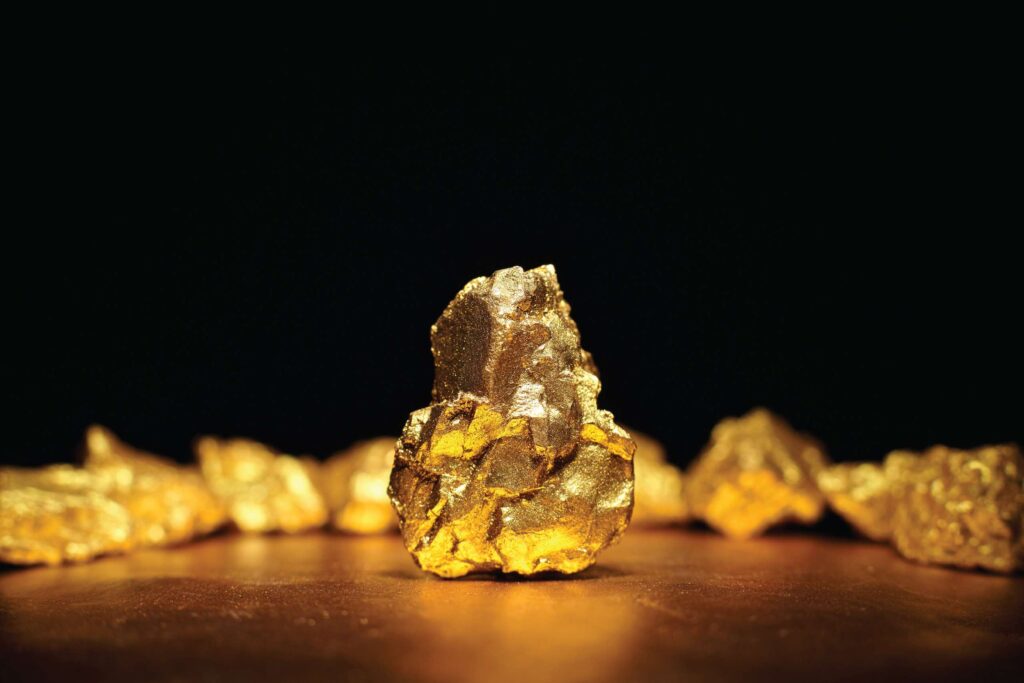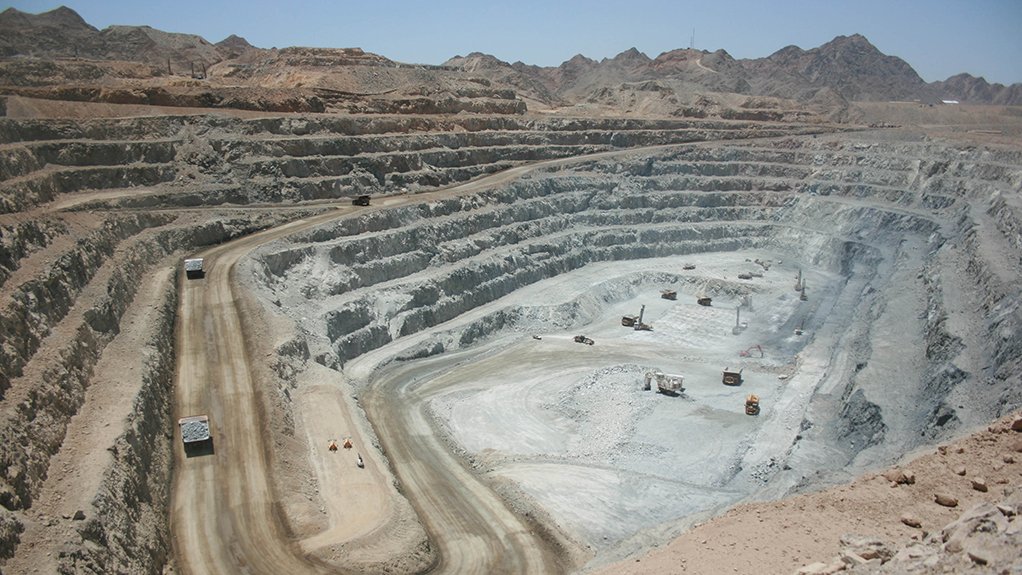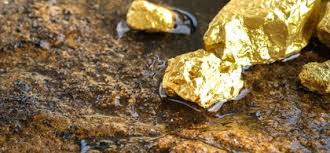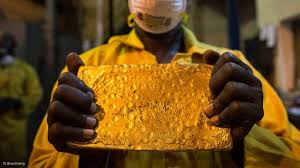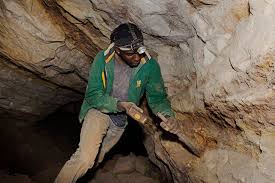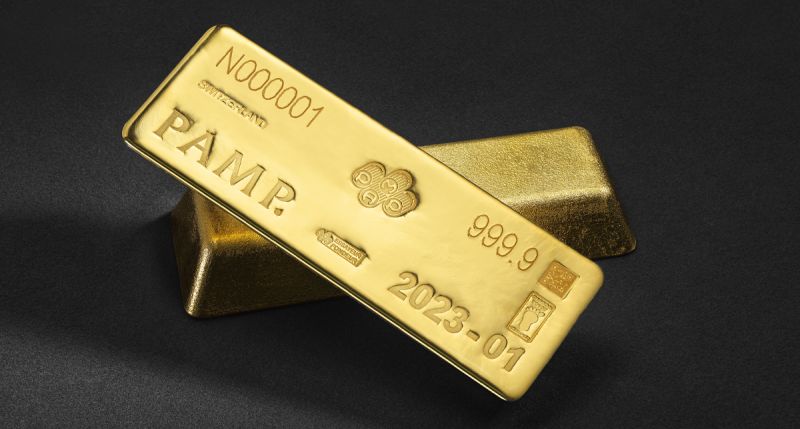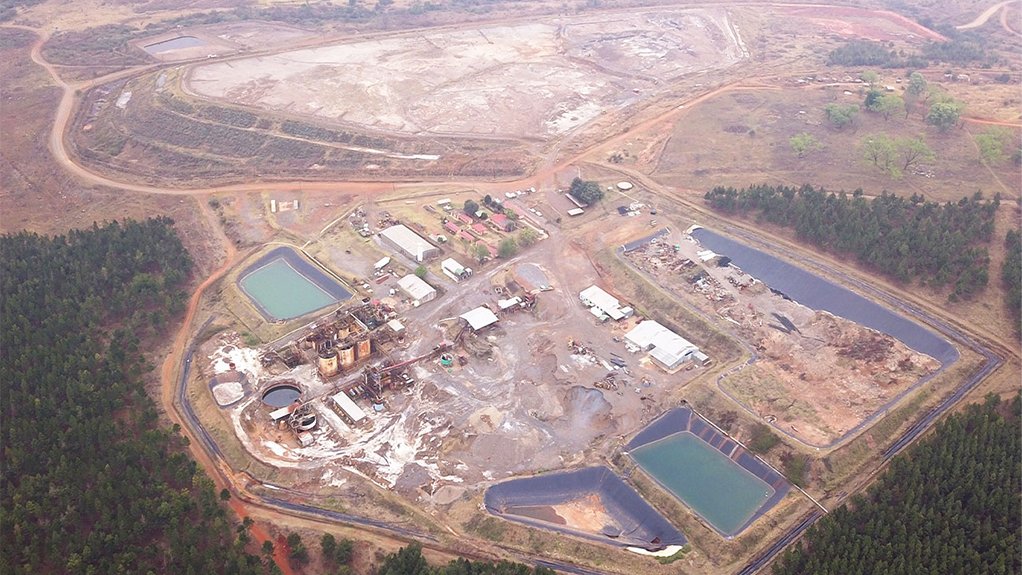Precious Metals

Gold’s bright dawn in Namibia’s mining story

With Navachab thriving, Otjikoto transitioning underground, and Twin Hills moving toward first production, Namibia’s gold industry is entering its most active phase in decades.
Once overshadowed by uranium and diamonds, gold is reclaiming its place in the country’s mineral narrative — propelled by record prices, new investments, and projects that link modern engineering to community livelihoods.
In October 2025, the price broke above US$4 000 per ounce, briefly reaching record highs before stabilising at strong levels. The rally has renewed investor interest in Namibia’s gold assets while expanding their role in the national economy.
Namibia’s modern gold era began in 1989, when the Navachab Mine near Karibib poured its first bar. According to media reports and public disclosures, Navachab produced a record 125,449 ounces of gold in 2024, an increase of about 18 per cent from the previous year.
The mine’s operator, QKR Namibia, has also outlined a N$4 billion investment plan to expand exploration and develop underground operations over the next few years, aimed at extending mine life and sustaining employment in the Karibib district.
A second pillar followed in 2015 with B2Gold’s Otjikoto Mine near Otjiwarongo. Developed with substantial multi-million-dollar investment, Otjikoto has become one of Africa’s most efficient gold operations. The mine hosts probable mineral reserves of about 1.3 million tonnes grading 3.24 g/t Au, equivalent to roughly 140,000 ounces, including the Wolfshag underground component and stockpiles.
B2Gold’s 2025 guidance projects production between 165,000 and 185,000 ounces, with open-pit mining scheduled to conclude in the third quarter of 2025 and underground operations at Wolfshag continuing thereafter.
The company plans to process 3.4 million tonnes of ore this year at an average 1.63 g/t with 98 per cent recovery, while advancing the adjacent Antelope deposit, whose PEA outlines a five-year underground mine producing about 327,000 ounces at 5.75 g/t.
Namibia’s next gold producer
The Twin Hills Gold Project, located just north of Karibib, continues to advance rapidly. Under Osino Resources’ feasibility study, the deposit hosts 2.15 million ounces of proven and probable reserves at 1.04 g/t Au, with an initial mine life of about 13 years.
In August 2024, Osino was officially acquired by Shanjin International Gold (formerly Yintai Gold) after terminating a prior agreement with Dundee Precious Metals. Shanjin has since accelerated project development, authorising early construction packages while detailed engineering is being finalised.
According to recent updates, bulk earthworks and site preparation began in the second quarter of 2025, following regulatory approvals and the appointment of Lycopodium as EPCM contractor.
The company has also awarded major contracts, including a Metso process-plant equipment supply agreement and a N$465 million (approximately A$40 million) EPCM contract to Lycopodium, which will oversee detailed engineering and construction management.
According to the EPCM announcement, the first gold is targeted for the first quarter of 2027.
A growing resource
Together, Namibia’s four key gold assets — Navachab, Otjikoto (including Antelope), Twin Hills, and the emerging Kokoseb deposit — represent a combined 7.8 to 8 million ounces of gold in declared reserves and mineral resources.
Navachab holds about 2.43 million ounces, Twin Hills’ feasibility defines 2.15 million ounces, the Antelope underground project adds 327,000 ounces, and Kokoseb’s latest Mineral Resource Estimate stands at 2.93 million ounces following a 38 per cent upgrade by Wia Gold. While some of these ounces are still in the inferred category, the total illustrates how Namibia’s gold inventory has grown substantially in the past five years — positioning the country as a rising mid-tier gold jurisdiction in Africa.
Growing economic and employment weight
Gold’s role in Namibia’s exports is becoming more visible. In the fourth quarter of 2025, gold export earnings reached N$4.3 billion, according to the Bank of Namibia.
That rise underscores how, at high global prices, increased output can contribute meaningfully to foreign-exchange receipts — though estimates suggesting that every 100 000 ounces adds N$4 billion to N$5 billion to export earnings should be treated as illustrative rather than exact.
Employment across Namibia’s gold sector reflects both expansion and transition. Navachab, the country’s oldest operating gold mine, maintains a workforce of 889 direct employees and 598 contractors.
The mine operates a fleet of 78 pieces of heavy equipment and holds proven reserves of about 2.43 million ounces, underpinning its longevity and role as a regional economic anchor.
In B2Gold’s 2025 Responsible Mining Report, the company notes that by the end of 2024, it employed 6,478 people globally, with 97 per cent of them being nationals. At Otjikoto, workforce restructuring is underway as the mine transitions from open-pit to underground operations.
Nampa reported that in 2024, 138 workers were retrenched, part of a phased plan to reduce the permanent workforce from about 700 to 400 by late 2025, aligning with reduced open-pit activity.
At the same time, the upcoming Twin Hills Mine is expected to offset some of those losses. Before its sale to Shanjin, Osino Resources’ 2023 Sustainability Report projected that the project would create roughly 1,000 permanent jobs in the Erongo Region, up from an earlier 2022 estimate of 750 positions. Most of these roles are expected to be local, covering operations, maintenance, and processing — providing a significant boost to the communities around Karibib and Omaruru.
A renewed golden landscape
High prices may have reignited the rush, but the deeper story lies in how Namibia mines its gold: efficiently, responsibly, and for shared national gain.
From the historic pits of Karibib to the open skies of Erongo, a modern golden chapter is being written — one that blends performance with purpose.




